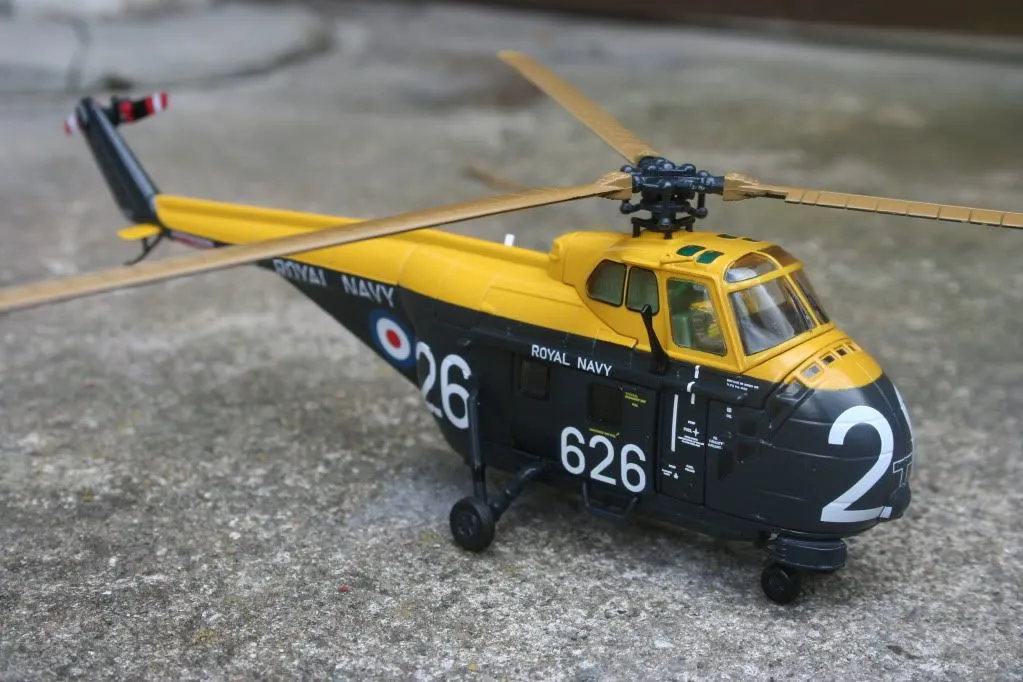What is a Diecast Aircraft Database
A diecast aircraft database is an organized system for cataloging and managing your collection of miniature airplanes. It serves as a central repository for all the crucial details about each model, including its manufacturer, model number, scale, purchase information, and often, accompanying images. This database goes beyond a simple list; it is a dynamic tool designed to enhance your collecting experience, providing insights into the value, provenance, and overall composition of your fleet. It allows collectors to track their acquisitions, monitor the growth of their collections, and make informed decisions about future purchases or sales. It provides a structured and accessible way to appreciate the nuances of each model and to connect with other collectors who share a passion for these miniature marvels. Starting your diecast aircraft database is a rewarding journey for any aviation enthusiast, providing a comprehensive record of your miniature aviation world.
The Benefits of Using a Diecast Aircraft Database
Maintaining a diecast aircraft database provides several benefits that significantly enhance your collecting experience. First, it helps you stay organized. With a database, you can easily track all your models, eliminating the hassle of relying on memory or scattered notes. Knowing exactly what you own prevents accidental duplicates and simplifies the process of inventorying your collection. Second, a database allows you to assess the value of your collection over time. By recording purchase prices, current market values, and any special features of each model, you can quickly determine the overall worth of your collection. This is especially useful for insurance purposes or when considering selling models. Furthermore, a well-maintained database facilitates the identification of gaps in your collection and supports informed decision-making when acquiring new models. It also fosters community by enabling collectors to share their information and experiences with others who share the same hobby. A database is more than just a catalog; it’s a companion that enriches the hobby.
Organizing Your Collection
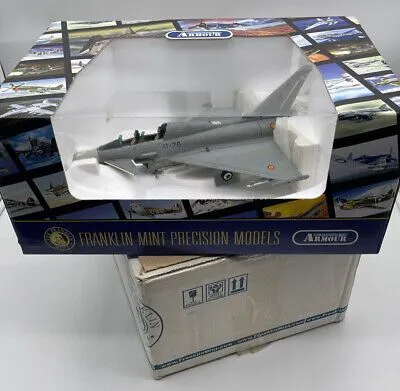
The first step in creating a diecast aircraft database is to organize your existing collection. This crucial stage involves gathering all your models and preparing them for data entry. Begin by physically inspecting each aircraft, noting any unique characteristics, condition issues, or special features. Grouping models by manufacturer, scale, or aircraft type can also streamline the data entry process. Preparing your models in a logical manner ensures a smoother transition to database creation. This initial organization sets the foundation for an efficient and effective database system. It provides a practical roadmap that makes creating and maintaining a comprehensive collection data easier. A well-organized collection ensures all the data is accurate and accessible. This will allow for effortless searching, filtering, and tracking of the collection.
Creating a Spreadsheet
A simple yet effective approach to starting your database is to create a spreadsheet using programs like Microsoft Excel, Google Sheets, or Apple Numbers. This offers a readily accessible and customizable method for organizing your data. Begin by setting up column headers to represent the key information you want to track. These headers should include essential details such as manufacturer, model number, scale, aircraft type, registration number, purchase date, and purchase price. Other valuable fields include the condition of the model (mint, used, etc.), any special features, or notes. Using a spreadsheet allows you to easily sort and filter your data. The ease of use makes it an excellent starting point for novice collectors. As your collection grows, you can adapt the spreadsheet as needed, adding or removing columns to accommodate your evolving needs. It’s an easy and manageable starting point.
Using Dedicated Database Software
For those seeking more advanced features and functionality, dedicated database software is an excellent option. These programs offer more sophisticated capabilities for managing large collections. Software specifically designed for collectors often includes pre-built templates and customizable fields tailored to the unique requirements of diecast aircraft enthusiasts. These programs frequently offer advanced search capabilities, reporting features, and the ability to link images directly to each model record. Some may even allow you to connect to online databases of aircraft models, automatically populating data fields to save time and effort. Investing in dedicated software can significantly enhance your database experience. These are more powerful and enable efficient management of a growing collection. While they may come with a learning curve, the added features often justify the investment for serious collectors. They also offer greater flexibility, ease of use, and potential for future collection management.
Essential Data to Include
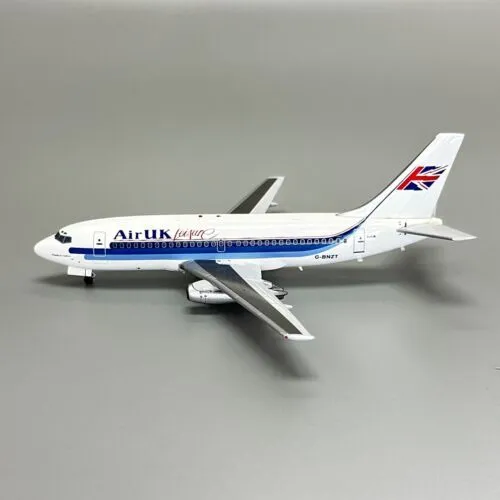
The core of your diecast aircraft database lies in the data you include for each model. Ensuring accuracy and completeness in this data is crucial for the effectiveness of the database. Begin by gathering all relevant information for each aircraft in your collection. This will create a complete picture of your collection. The more details you include, the more value your database will have over time.
Aircraft Manufacturer
Accurately recording the aircraft manufacturer is a fundamental component of your database. This field allows you to quickly categorize and sort your models, making it easy to find specific manufacturers or identify gaps in your collection. Always ensure the manufacturer’s name is consistent across all entries. Using standardized abbreviations or complete names, depending on your preference, will keep your database organized and searchable. Including the manufacturer’s name is helpful when looking for a specific model from a particular company. The aircraft manufacturer information is essential for building a well-structured and informative database. Consistent data entry simplifies searches and enhances your ability to track and analyze your collection.
Model Number and Series
The model number and series provide a unique identifier for each aircraft. This information is essential for distinguishing between various models from the same manufacturer, especially when they are similar in appearance. Carefully record the model number as it appears on the packaging or aircraft itself. Include any series designations or sub-variants to differentiate your aircraft collection accurately. This level of detail enables you to track specific models and their variations effectively. It makes it possible to organize your models and quickly identify specific aircraft by type. Accurate model numbers and series are crucial for organizing and analyzing your collection with precision. Model numbers and series help you identify the exact models that you own.
Scale and Dimensions
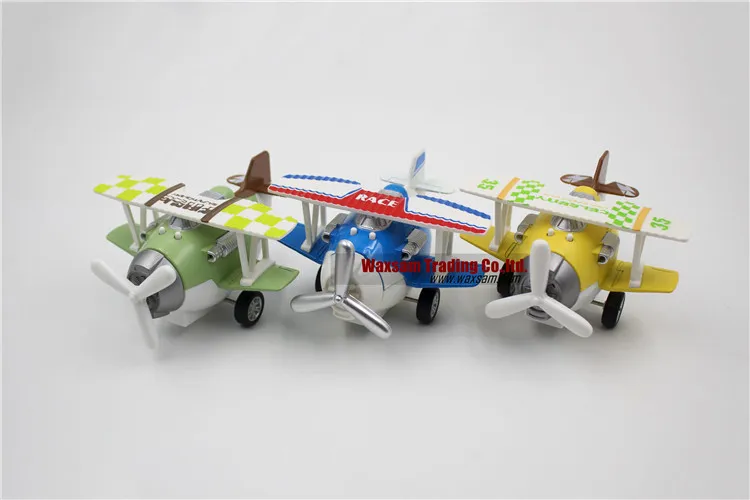
The scale of the aircraft is a critical piece of information for any diecast model. Recording the scale (e.g., 1400, 1200, 172) allows you to group your models by size and track which scales you have. Include the dimensions of the model (length, wingspan, height) to help you visualize its physical size. This information is useful for display purposes. It helps determine if the aircraft will fit in a specific display case or area. Recording both the scale and dimensions ensures your database is as complete as possible. This information is crucial for collectors who appreciate the details of miniature aircraft.
Registration Number
The aircraft registration number, often found on the tail or fuselage, is another essential detail to include in your database. This unique identifier links the model to a specific real-world aircraft. Recording the registration number allows you to track the actual aircraft represented by your models. It can also aid in research and provide additional context. This information is of great interest to enthusiasts who want to know the history of the actual aircraft their model represents. This allows you to connect your models to aviation history.
Purchase Information
Tracking purchase information is important for managing your collection and assessing its value. Include the purchase date, price paid, and the source (e.g., online store, hobby shop, swap meet). This data allows you to calculate the total cost of your collection. It helps you monitor the value of your models over time. Recording this information is vital for insurance purposes or when you consider selling your models. Including purchase information ensures you know the investment in your collection.
Adding Images

Adding images to your database significantly enhances its visual appeal and usefulness. Photographs of your models add a layer of detail, making it easier to identify each aircraft. It allows you to see the quality of the model. High-quality images can also aid in appraising your models. Ensure your images are clear, well-lit, and accurately represent the model. The images help you visualize your models, which adds value to the database. Images are a valuable tool for any collector. They provide a quick reference and allow you to showcase your collection.
How to Add High-Quality Images
To ensure the best image quality, use a good camera or smartphone. Take pictures in a well-lit area, either indoors or outdoors on a cloudy day. A plain background is recommended to avoid distractions and ensure the model stands out. Photograph the aircraft from several angles, including the top, sides, and bottom. This is important for displaying the model. Crop the images to focus on the model and optimize the file size for your database software. Proper lighting, clear focus, and multiple angles are crucial. High-quality images will make your database more useful and appealing.
Image File Naming Conventions
Establishing a consistent file naming convention for your images will improve your database’s organization and make it easier to find and manage your image files. A good naming convention should include the manufacturer, model number, and any relevant details. Using a consistent format ensures that images are easy to identify and search. For example, you might use a format like ‘Manufacturer-ModelNumber-Registration.jpg’. This makes it easy to associate each image with a specific model. Keeping your image file names consistent, allows you to quickly find and review your images.
Searching and Filtering Your Database

The ability to search and filter your database is one of the greatest benefits of creating one. These functions allow you to quickly locate specific models. You can use filters to analyze your collection. Whether you’re looking for a particular manufacturer, scale, or aircraft type, effective searching and filtering capabilities are essential for getting the most out of your database. They allow you to find exactly what you’re looking for.
Advanced Search Techniques
Learn to use advanced search techniques within your database software. Many programs allow you to search by multiple criteria, such as manufacturer and scale. Using multiple keywords and search operators (AND, OR, NOT) can refine your searches. These techniques make it easier to find specific models or groups of models. Experiment with different search terms and combinations to find what works best for your needs. They will improve your ability to find what you need, which will improve your collection.
Filtering by Manufacturer or Scale
Filtering your database by manufacturer or scale is a fundamental function that helps you analyze your collection. Use filters to view all models from a particular manufacturer. This is an excellent way to organize your collection. Applying filters by scale allows you to identify models of a certain size. Using this capability helps you identify common patterns or trends. Filtering is an essential function that allows you to gain valuable insights into your collection.
Keeping Your Database Up-to-Date
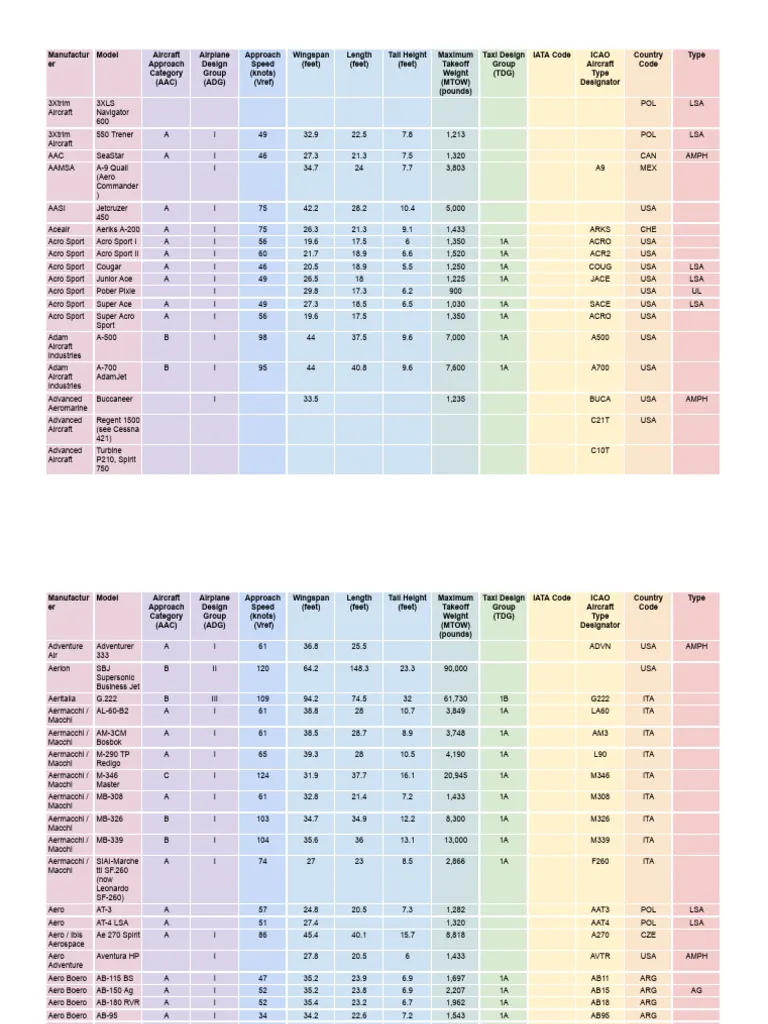
Maintaining an up-to-date database is essential for maximizing its usefulness. This involves regularly adding new acquisitions, updating existing records, and keeping your data accurate. A current database ensures you have the most reliable information about your collection. Regularly maintaining your database keeps it useful. It will enhance the value and utility of your entire collection. Staying up-to-date allows you to appreciate the growth and change of your collection.
Regularly Updating the Database
Make a habit of updating your database. Add new models as soon as you acquire them. Review existing records periodically to ensure the information is correct. This helps to keep your database accurate and useful. Regular updates will also help you stay connected with your collection. Regularly update your database to make sure all information is as accurate as possible. Regular updates also ensure your collection is easy to organize.
Utilizing Online Resources
Utilize online resources to assist with your database management. Explore websites and forums dedicated to diecast aircraft. These resources can provide additional information about your models. You can learn about your models. Online communities are often good places to learn about new models and potential sources. Staying active in online communities is a good way to learn more about the hobby. This helps you keep your database up-to-date.
Troubleshooting Common Issues
When setting up and maintaining your diecast aircraft database, you may encounter some common issues. These can usually be resolved with a little effort and planning. By anticipating these issues, you can ensure your database runs smoothly. Knowing how to address these issues is vital to making the most of your database.
One common issue is data entry errors. Double-check all data you enter. Use a consistent format for your data. Avoid the duplication of entries. Another challenge is image management. Organize your images and use clear file names. Make sure your images are easy to find. Another possible issue is software-related problems. Ensure that your software works properly. Regularly back up your database to protect your data. By taking these precautions, you can create a database that will serve you well for years to come.
